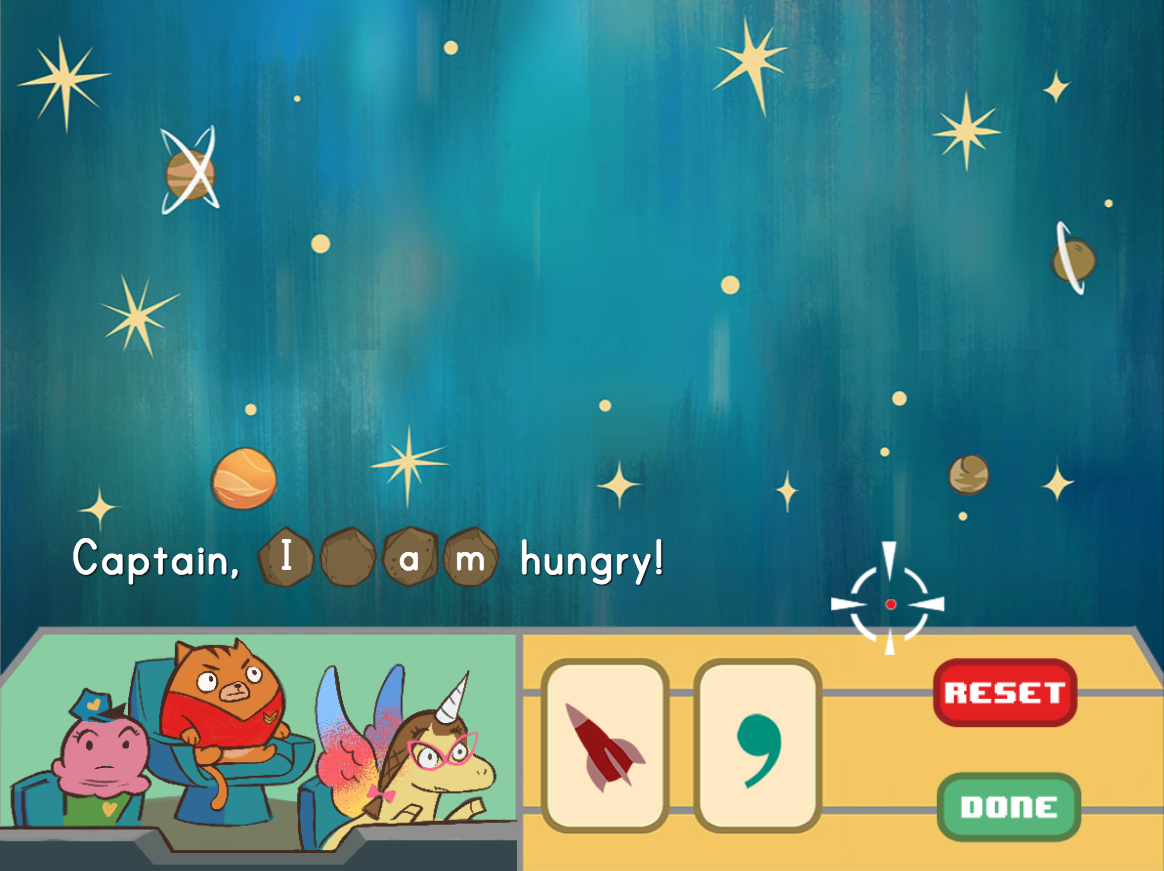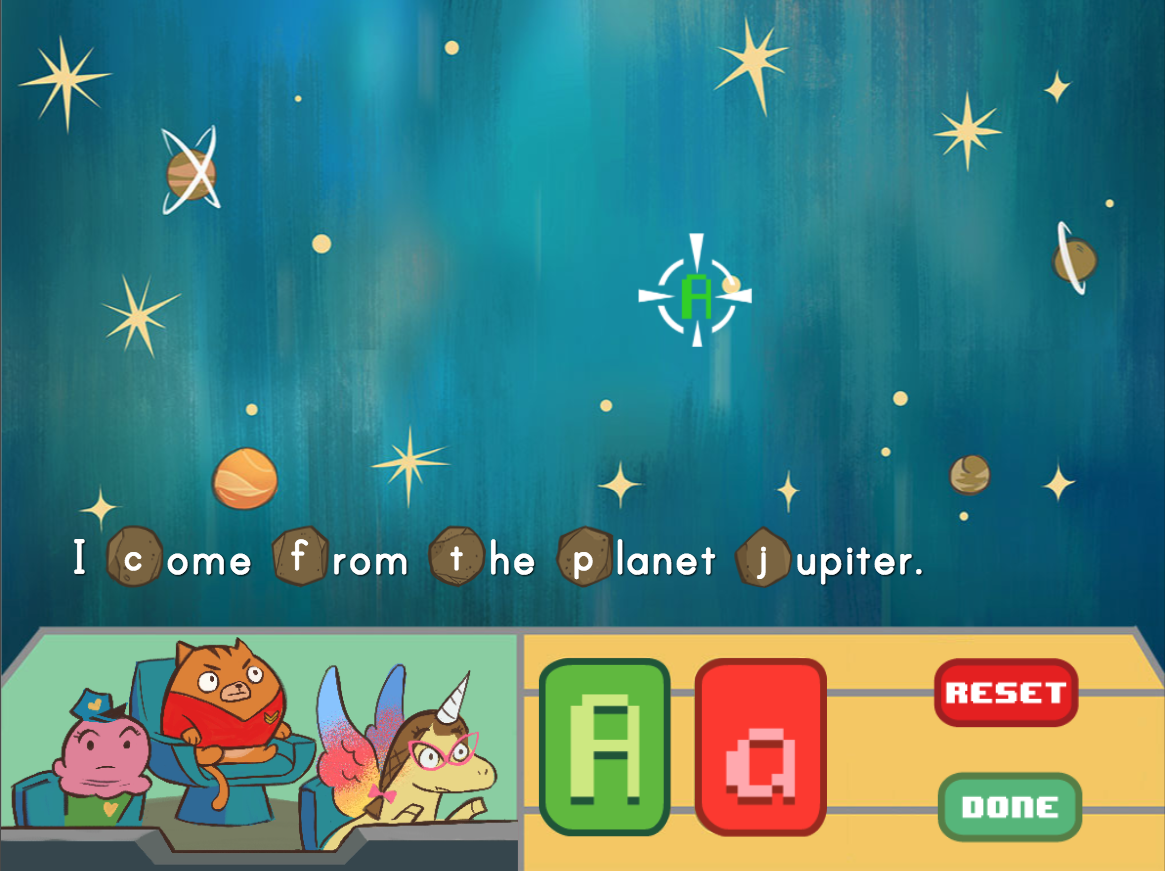Science project
Outer Space In My Yard
Difficulty
Easy
Cost
Minimal, except for the cost of a magnet and optional microscope
Safety Issues
None
Material Availability
Common
Approximate Time
Less than an hour, unless the wet method is used, then time to let the water evaporate
Objective
To gather meteorite dust from the yard to study materials from outer space.
Materials
- Magnet, the stronger the better
- Good magnifying glass, or microscope
Introduction
Thousands of tons of meteorites strike the earth every year. Some fall to the surface as identifiable “stones.” Most burn up during entry and fall as meteorite dust. Because the majority of meteorites have an iron composition, a magnet can be used to gather the particles.
Photos
Many are readily available online and in literally hundreds of books.
The Willamette Meteorite

Micrometeorite

Research Questions
- What is the difference between a meteor and a meteorite?
- What causes friction?
- What are the most common types of meteorites?
Terms
- Meteor: a piece of rock or stone in space
- Meteorite: a meteor that enters the earth’s atmosphere
Concepts
Because most meteorites are made largely of iron, larger meteorites can be detected and gathered with a metal detector. Much of the meteorite dust is still magnetic and can be collected with a magnet.
Experimental Procedure
There are two possible procedures, wet and dry. The wet method takes longer because of the time needed for the water to evaporate, but brings a greater concentration of meteorite dust.
Wet
- Place a bucket under a down spout at the beginning of a rain.
- After the rain has collected, set aside and allow the sediment to settle.
- Carefully pour off the clear water, and keep as much sediment as possible.
- Allow water to evaporate.
- If necessary, crush the sediment into a fine powder.
- Push a magnet through the dust to separate the iron-bearing particles.
- View with a strong magnifying glass or microscope.
Dry
- Tie twine to a strong magnet (the stronger the better).
- Drag the magnet across the yard, or along a curb gutter to collect iron-bearing particles.
- View with a strong magnifying glass or microscope. Note: Much iron in other forms will be found. The more urban the environment, the higher this will be. Vehicles, construction and manufacturing fill the air with this. It can be fairly easily determined what is from space and what is manmade because the manmade particles will tend to look more like slivers.
Bibliography
Education.com provides the Science Fair Project Ideas for informational purposes only. Education.com does not make any guarantee or representation regarding the Science Fair Project Ideas and is not responsible or liable for any loss or damage, directly or indirectly, caused by your use of such information. By accessing the Science Fair Project Ideas, you waive and renounce any claims against Education.com that arise thereof. In addition, your access to Education.com's website and Science Fair Project Ideas is covered by Education.com's Privacy Policy and site Terms of Use, which include limitations on Education.com's liability.
Warning is hereby given that not all Project Ideas are appropriate for all individuals or in all circumstances. Implementation of any Science Project Idea should be undertaken only in appropriate settings and with appropriate parental or other supervision. Reading and following the safety precautions of all materials used in a project is the sole responsibility of each individual. For further information, consult your state's handbook of Science Safety.













